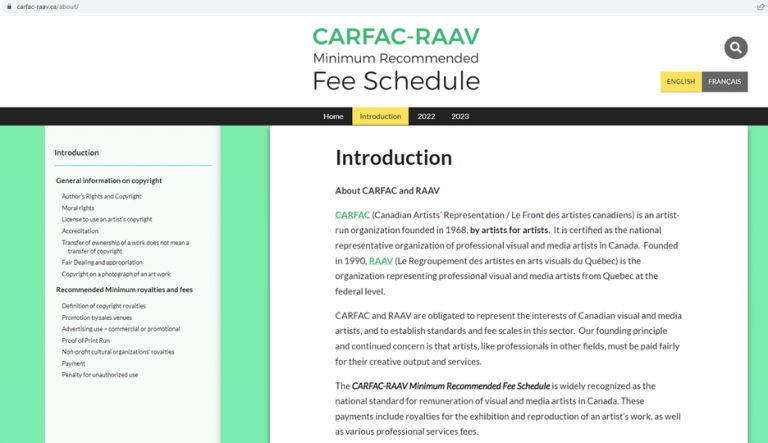Do artists get their equitable share of compensation in exchange for their creativity? If not, how can we overcome this issue of fair pay within the creative industry?
By Tan David
In April 2022, the Human Resources Ministry announced the implementation of the new national minimum wage that took effect starting in May. This move was widely lauded as long overdue due to rising costs of living and inflation over the last decade despite slight increment to previous minimum wage rates over time, and as a firm ground for what may be considered as fair base pay for the majority of the national workforce in the current economic climate. In this article, we attempt to explore the issue of fair pay in the context of our creative industry.
One of the most challenging aspects of traversing the subject of fair pay in the creative industry is a lack of data or survey compiling different pay tiers varying from fixed monthly income from full-time creative jobs such as corporate designers, to freelancers producing creative output on commission.
Read more: How to start out as a freelance illustrator in Malaysia – Penang Art District
In addition to a lack of information on the overall picture for fair pay in the arts, there is also the fact that different disciplines within the creative industry attract different levels of commission or financial support from both private and public funders.
“In deciding a fee quote, we take into consideration the type of event, size and type of audience (we typically charge independent events less than corporate events). We also look into other costs such as travel and time to the venue. Most importantly, we keep track of our appearances and interests towards us to gauge the demand for us, and adjust accordingly,” said Nur Jihan Mohd Salleh of Kicau-Bilau, a Malaysian musical duo with years of experience in touring the country and other regions.
“We also sometimes undercharge if it’s for a cause or to help build communities. We usually take up these gigs if the venue is not too far away so we can save on travel expenses,” added Jihan.
The reason for the supposedly preferential financial backing towards certain artistic disciplines over others, especially by commercial producers, is essentially the potential of return on investment, whether in dollar terms or publicity exposure, rather than on purely creative merits.
Read more: Applying for art grants in Malaysia – Penang Art District
In the context of Malaysia’s creative industry, it is an undeniable fact that certain forms of artistic outputs, such as popular music and film, promise far better financial returns in sales and also marketing eyeballs that can justify the funding quantum. Even on the global scale, this market motivation determines the value of creativity such as highly prized visual artworks which are more often than not purchased and sold across borders as a form of investment (with over 65 billion USD transactions in 2021 alone, mostly concentrated in Western countries [source: Art market worldwide statistics & facts – Statista]), the same way better-established writers receive higher commission advances from corporate publishers compared to first-time publishers (typically between USD1,000 to USD10,000) [source: First Time Authors Normally Get a $10,000 Advance from a Major Publishing Company – Good e-Reader]). In contrast, a Malaysian first time author can only expect to receive a very nominal advance from publishers in advance, if at all, due to the smaller Malaysian publishing market. In short, fair pay in the creative industry is ultimately subject to a market valuation of creative talent as opposed to the subjective and intangible creative values of a creative practitioner.
All said, however, it does not necessarily follow that artists should be left fully at the mercy of market forces, which, as subjective as it may be, do not always value creativity fairly. Regulations by an authoritative agency can be put in place to ensure that artists receive, at the minimum, a baseline fee or pay adjusted to very specific parameters within each creative discipline. For instance, producers and galleries in Canada are subjected to the CARFAC-RAAV Minimum Recommended Fee Schedule in staging and commissioning art shows, which is enforceable by national and regional art bodies.

Source: https://carfac-raav.ca/about/
It is worth noting that a large percentage of creative practitioners are independent creatives and thus not protected by Malaysia’s new minimum wage regulation, which does not provide any reference in regards to freelance or gig income. Additionally, as Jihan explained, the subject of artist fee is still somewhat of a taboo among artists, even if they do discuss among other trusted practitioners.
“As artists, we have to consider ourselves akin to service providers. It’s really up to us to determine what kind of work we are delivering and to whom. What makes it difficult for creative performers is when organisers are too vague in terms of the payment that sometimes, the budget is not even discussed before the show or using the opportunity of exposure as a bargaining tool,” added Jihan. Having just returned from a Europe-wide tour, Jihan elaborated that this issue is prevalent even on the international level, and Kicau-Bilau encountered other performers who were facing the same challenges everywhere they went.
Kicau-Bilau’s tour around Europe were largely funded through audience tipping, album sales as well as a small cut from cafe and bar sales.
Perhaps a more appropriate model of fair pay for Malaysian artists is professional associations, unions and guilds that encompass different genres, with each body coming up with its own pay schedule for commission that depend on the multitudes of variations peculiar to each discipline, and all of which enforced by a national agency that reach out, promote and oversee producers and commissions. This model of fair pay governance is implemented in certain countries such as Scotland (via Creative Scotland: Creative Scotland’s commitment to fair pay) to great success as it ensures fair pay for the creative industry as a whole without compromising on the varying, subjective and intangible value of creativity.
Tan David is a Penang-based festival programmer and head of Teh Beng Club (TBC).

